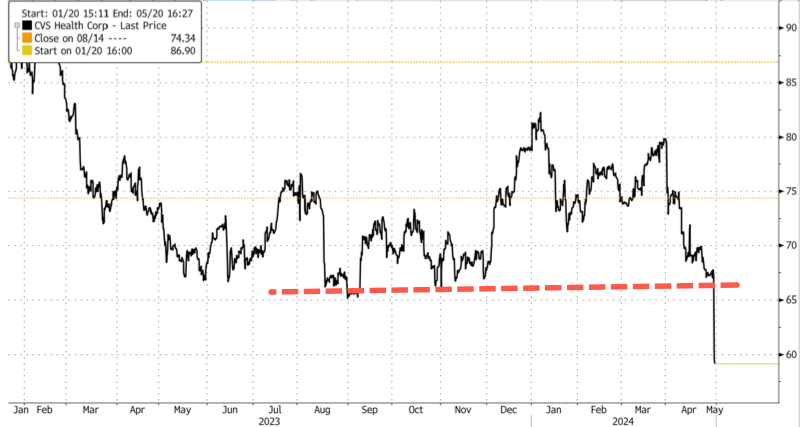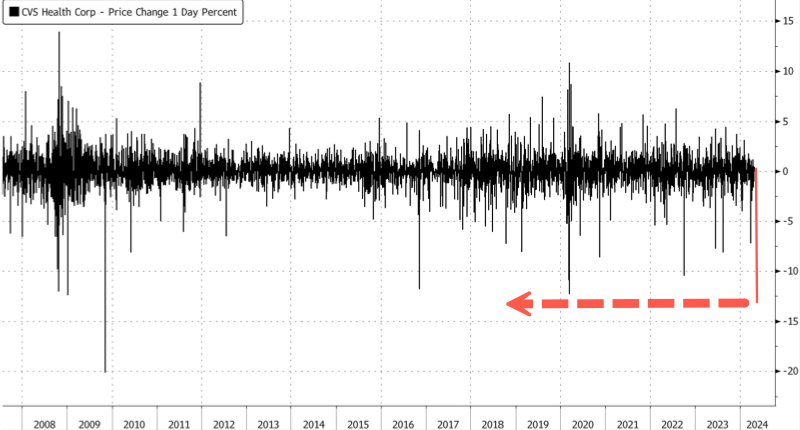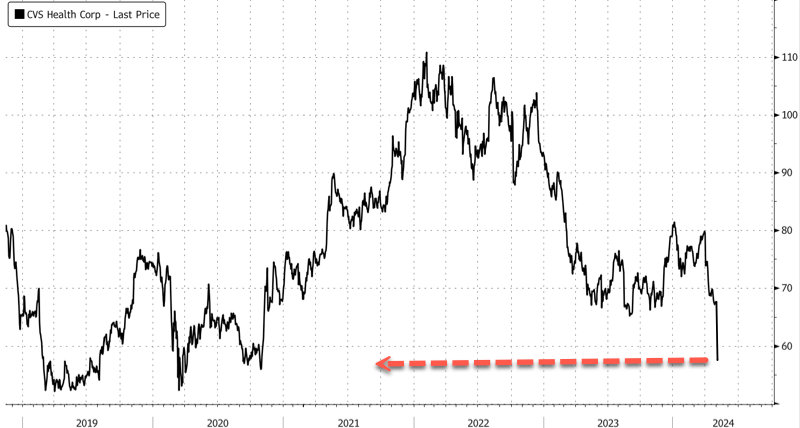Big Pharma took another hit in court Monday as a federal judge in New Jersey threw out challenges by Johnson & Johnson and Bristol Myers Squibb to the drug price negotiations outlined in the Inflation Reduction Act. AstraZeneca and trade group Pharmaceutical Research and Manufacturers of America (PhRMA), along with several provider-side allies, have already lost their legal challenges to the 2022 law, and the Centers for Medicare and Medicaid Services is pushing ahead with negotiations over the first 10 drugs in the program.
Those negotiated rates will take effect in 2026, and pharma companies are now reconsidering their R&D strategies as the venture capital community ponders where to focus its investments. One big consideration is the IRA’s so-called “pill penalty,” which caps patent protection at 9 years for small molecules, compared with 13 years for biologics.
Drug development had already been trending toward biologics. This drug class received 30% more VC funding in 2022 than small molecule candidates, noted John Stanford, executive director of life sciences venture capital coalition Incubate—but the gap jumped to 50% in 2023, and Stanford contends that the IRA is driving much of that shift.
“If your promising product is a small molecule, the VC community is far less interested than we were before the IRA,” Stanford told BioSpace. “It makes no sense for people to invest when you can get 9 years’ return, just from the economic standpoint.”
Pfizer was the first Big Pharma firm to cite the IRA when it decided to shift its oncology R&D strategy to focus more on antibody-drug conjugates and bispecific antibodies and less on small molecules. Stanford also noted that Vir Biotechnology discontinued its innate immunity small molecule pipeline and that Protagonist Therapeutics has announced plans to discard a small molecule treatment for ulcerative colitis.
Not everyone has pivoted just yet, though. Eli Lilly has said the company is not terribly concerned about potential price negotiations for hot-selling GLP-1 drugs, and Mark Rutstein, senior vice president and head of global oncology clinical development at Daiichi Sankyo, said his company is watching the Medicare negotiations play out but not immediately changing its strategy.
There will be other IRA considerations besides the pill penalty, said Christiana Bardon, co-managing partner of biotech investment firm MPM BioImpact. Because the patent protection clock starts at the first approval, “biotech and pharma companies . . . won’t launch small indications first,” she told BioSpace.
The legal battle is far from over. BMS and AstraZeneca have appealed the judgments against them, and PhRMA said this week that it would soon do the same. With these appeals and several other IRA challenges still pending, it remains to be seen how Medicare drug price negotiations will play out, and even more uncertain are the details of shifting biopharma strategies. But what is clear is that it’s complicated.
“R&D is going to be tied to not just good science, but the commercial realities associated with a product,” Stanford said.
Wide-Ranging Investment Considerations of the IRA
Although small molecules have a shorter period of protection, all new drugs could potentially be up for price negotiations before than would likely be losing patent-protected exclusivity. Prior to the 2022 law, the average time for patent protection was 14.4 years across the board, according to Bardon, and Medicare had no power to negotiate prices.
Bardon said that the IRA will ultimately affect the net present value of drugs, or the total amount of money that products could make over their lifespans, and it will cause shifts in strategy to buffer against losses.
For example, drugmakers will be looking for common indications with large potential markets to recoup as much of their investment as possible in a shorter timeframe, she said. In the past, biopharma firms would launch new drugs in smaller patient populations where the data might be stronger while also running trials in populations with greater market opportunity.
“Nowadays, I think that won’t happen anymore,” Bardon said. “We have to launch right away with the bigger indications,” likely hindering development of therapeutics for rarer diseases.
“Instead of having one drug that treats disease A, B and C, I'll have drug one treat disease A, then I’ll have a follow-on drug two which treats disease B, and then I’ll have a follow-on drug three which treats disease C,” she continued. “Incrementally, that would protect our revenue, but it does create additional R&D overhead,” making the system less efficient and forcing patients with rarer conditions to wait longer for new medications. Indeed, a study published in February suggested that the IRA could discourage companies from seeking approvals for secondary indications.
Another consequence of the IRA comes from the modifications it brings to the Medicare Part D program—specifically, the capping of individual out-of-pocket drug spending, which the Congressional Budget Office has estimated to reduce drug spending by $100 billion over the next 10 years. “It’s a huge slice out of an industry over the next 10 years, which is already causing R&D budgets to contract,” Stanford said.
The consequence, he said, is that biopharma investments will focus on “the safest science.” This includes “me-too” drugs that are similar to previously approved products and thus are lower-risk. One of the ironies of the IRA, then, according to Stanford, is that the law has incentivized making the exact type of drugs that lawmakers have previously criticized because they do not always advance the quality of healthcare.
As for the pill penalty, Stanford said that drugs make about half of their revenues in years 10–13 following approval. So, for small molecules to be potentially subject to price negotiations at 9 years would cut out a ton of profit for the companies. That means that startups or early-stage firms seeking private investment simply should not try to pitch small molecules, Stanford said. “Just simply don’t. Reformulate as a biologic because that is what Congress is telling us to do.”
Bipartisan legislation introduced this year would remove the discrepancy between small molecules and biologics by setting the grace period for all drugs at 13 years, but Stanford said he is skeptical that it could pass before the presidential election in November. “We’re hoping that after the election, common sense might prevail during the lame-duck session.”
In its current form, however, the IRA is stunting drug development, said Stanford, who used a baseball analogy to hammer home his point. “You’ve made it so the industry should hit singles and doubles, and you’ve made it almost impossible to take the risk of hitting a home run.”


